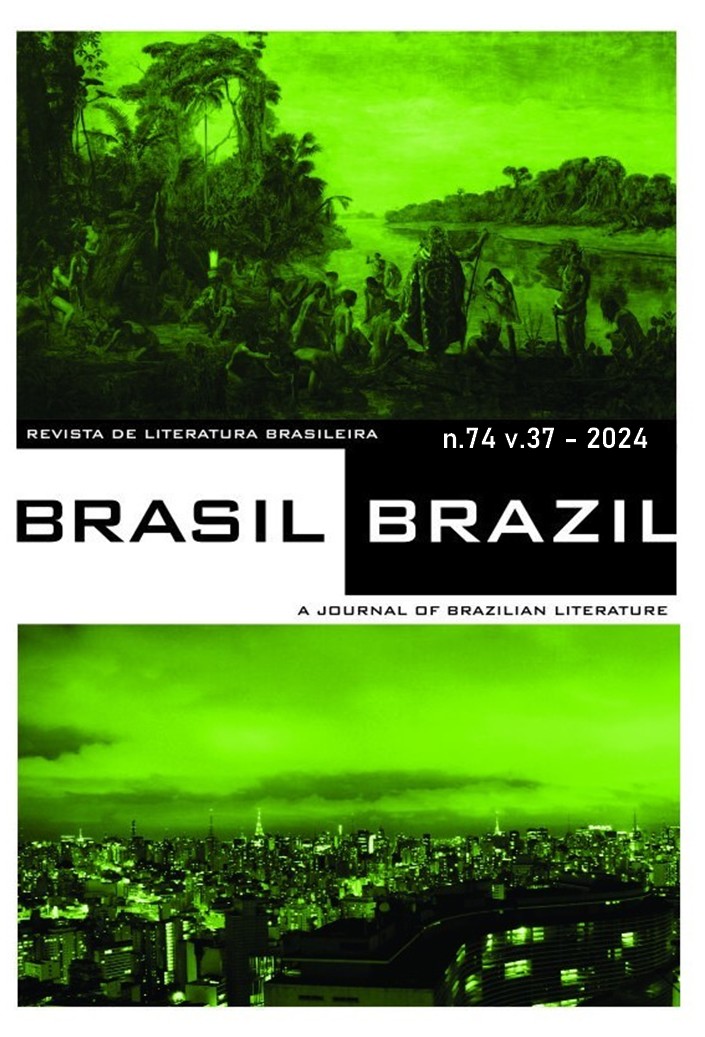ENTRE A ESTEPE E O SERTÃO: NIKOLAI GOGOL E GUIMARÃES ROSA
Abstract
RESUMO: O presente artigo se dedica a identificar elementos fundamentais que conectam a paisagem humana e geográfica predominante nas obras Taras Bulba, de Nikolai Gogol, e Grande Sertão: Veredas, de Guimarães Rosa, num esforço de comparação entre esses universos literários. Busca-se sustentar o ponto de vista de que a severidade e a hostilidade geoclimática de ambos os contextos – a estepe ucraniana e o sertão brasileiro – funcionam como um parâmetro interpretativo para o desenvolvimento social de um tipo específico de indivíduo, o guerreiro, o qual – quer sob a condição de cossaco ou de jagunço sertanejo – apresenta-se como a equivalência humana de seu ambiente, moldando-o e sendo por ele moldado. Sedimentando essa relação dialética entre homem e natureza, aspectos socioeconômicos e simbólicos de cada realidade asseguram a devida congruência entre o mundo natural e o antropológico, matizando com as cores regionais a experiência narrativa de cada obra, ao mesmo tempo em que aludem a fundamentos estruturais comuns entre ambas.
PALAVRAS-CHAVE: Taras Bulba; Grande Sertão: Veredas; Contexto geoclimático; Guerreiros.
ABSTRACT: This article aims to identify fundamental elements that connect the predominant human and geographical landscapes in the works Taras Bulba by Nikolai Gogol and Grande Sertão: Veredas by Guimarães Rosa, in an effort to compare these literary universes. It seeks to argue that the severity and geoclimatic hostility of both contexts – the Ukrainian steppe and the Brazilian hinterlands – function as an interpretive parameter for the social development of a specific type of individual, the warrior, who – whether under the condition of a Cossack or a backlands gunman – presents themselves as the human equivalence of their environment, shaping and being shaped by it. Cementing this dialectical relationship between man and nature, socioeconomic and symbolic aspects of each reality ensure the proper congruence between the natural and anthropological worlds, shading the narrative experience of each work with regional colors, while also alluding to common structural foundations between them.
KEYWORDS: Taras Bulba; Grande Sertão: Veredas; Geoclimatic context; Warriors.


